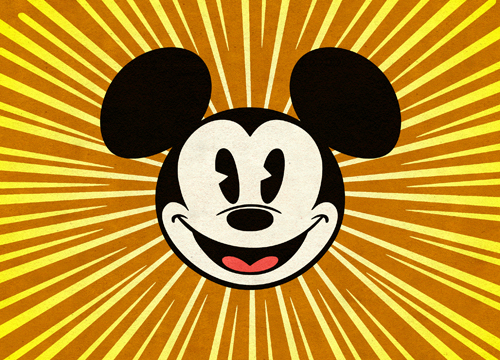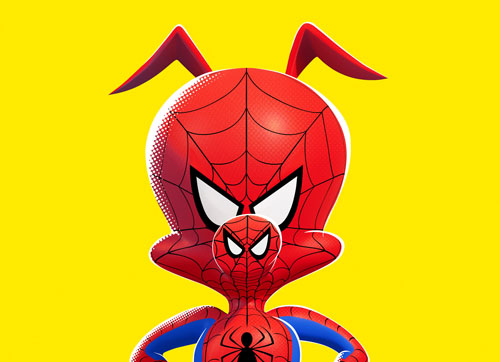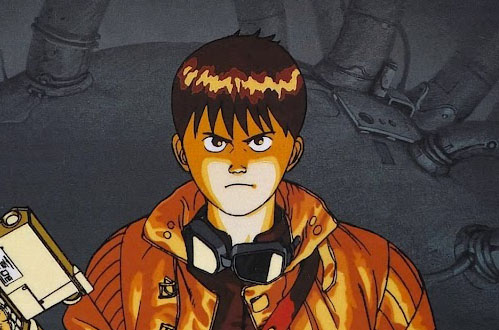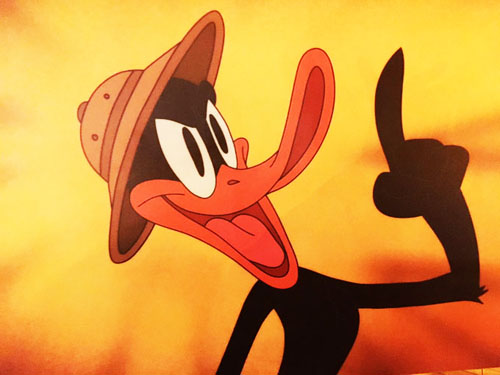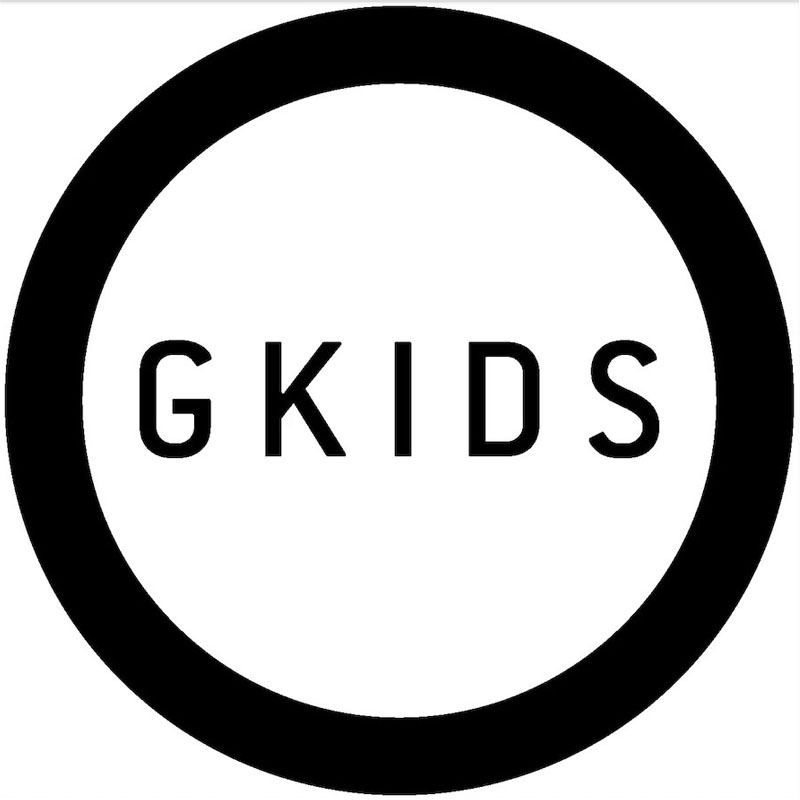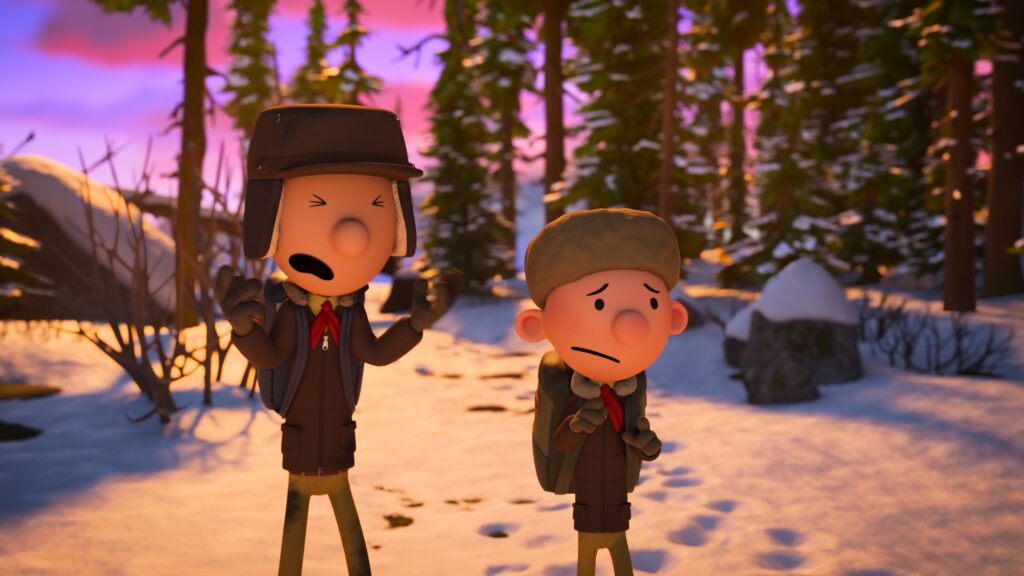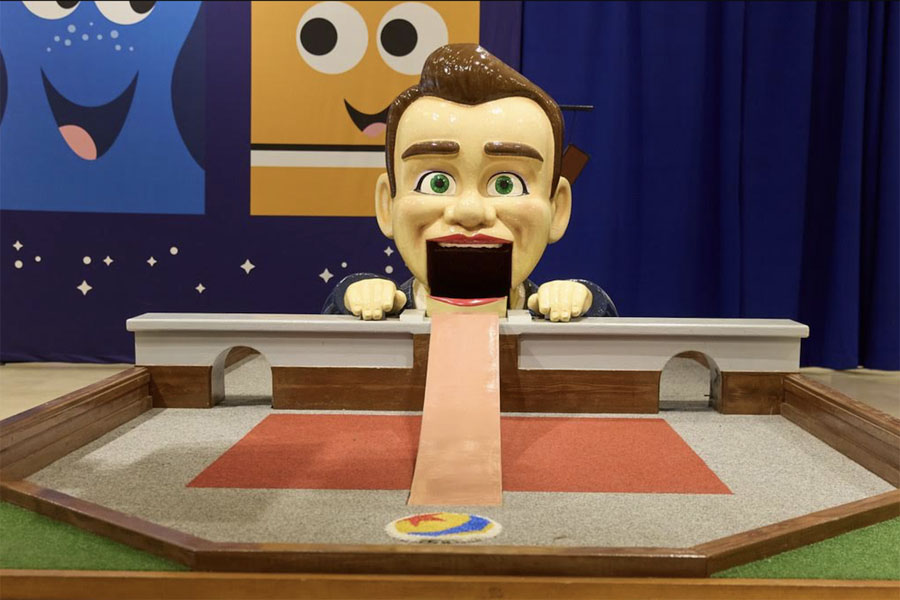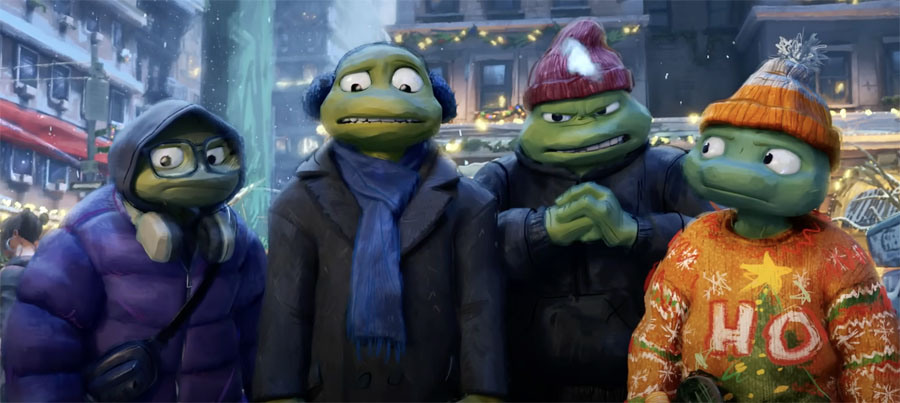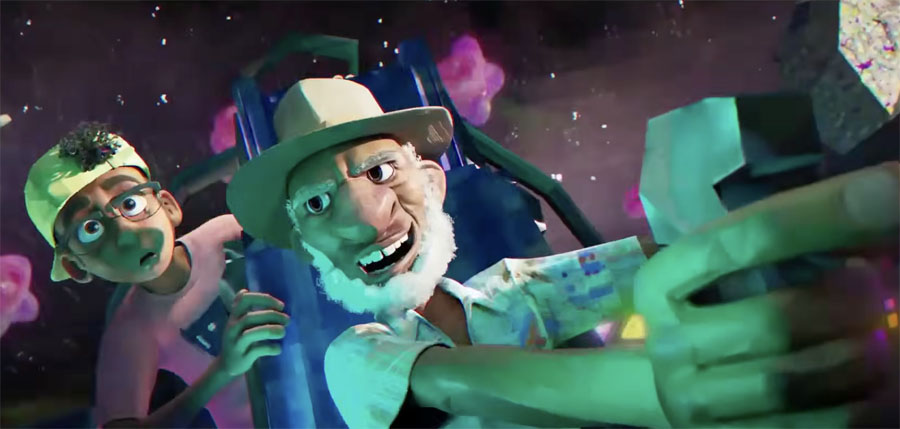New Moon is one of the 15 finalists for the 2023 Best Animated Short Film Oscar. The story is taken from “A Boy and His Soul”, a stage play by Emmy winner Colman Domingo (“Euphoria”, “Ma Rainey’s Black Bottom”). Domingo, in such vivid and moving ways, details growing-up with his mother in Philadelphia and, specifically, what happened when they looked into the sky. Domingo, co-writer and co-director Raúl Domingo, and co-directors Jeff Le Bars and Jérémie Balais, share highlights of their one of a kind experience making “New Moon”. (This Animation Scoop interview was conducted as an Email Q&A and was edited for length and clarity.)
Jackson Murphy: What did you enjoy about bringing the atmosphere of a play to life?
Jeff Le Bars: The idea that our animated film can exist within a live theatre performance was the most exciting. It was wonderful to have the comfort of the anchor of the theatrical audience and theatrical set, and to subsequently break the rules and break free of the confines of the physical space with Mother teaching Jay Jay the magic of being open. In theatre, live performance evolves every night, and in animation anything is possible. Combining the two truly allowed us to invent a whole new universe in “New Moon”.
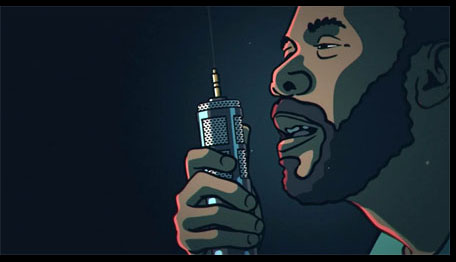
JM: What were the challenges of animating real people / actors and audience members?
Raúl Domingo: We worked on “New Moon” during most of the pandemic, with the borders closed. Colman and I live in Southern California, while Jeff and Jérémie reside in Lyon, France, and that presented a set of physical and creative challenges, due to us not being able to be together in one physical space. All of our creative gatherings took place via the Internet, with Colman and I learning and committing to the detailed and painstaking process of shooting the footage for rotoscoping, with Jeff and Jérémie animating the film. Colman and I truly developed such deep respect for the craftsmanship of animation and every single aspect going into its process; the slow, measured steps that one has to make. As viewers, we always thought of animation as magic personified and a miracle depicted, without thinking twice. Now, having learned everything with making “New Moon,” we know how much hard work and the long time it takes to accomplish. We cannot wait to create more animation.
JM: What aspects of Colman’s story resonate with you the most?
Jérémie Balais: In “New Moon” Colman’s relationship with his mother Edith is something that we all identify with immensely. I find it very curious that Colman, Raúl, Raphaël (Pibarot, the sound designer), Jeff and I are all men; we are from different countries, yet we are sons, who know their mothers’ love. I think that a child’s relationship with their mother is something that is so important, it shapes a person and makes them who they are. To know that Colman’s mom taught him to see the magic of this world and to believe in its good nature is very powerful and inspiring.
JM: Once the “New Moon” is revealed, you wonderfully blend the visuals of reality and going beyond. How did you approach this?
JLB: With “New Moon”, our approach was to constantly encourage a sense of discovery by creating a set of different worlds that fit into one another, like nesting dolls. As our film starts, you enter the theatre; that is one world. Within that reality, we enter the world of Colman’s memory (Philadelphia in 1970s) in which we meet his mother and Jay Jay (Colman as a boy), and then, in turn, we enter a different world, once Mother looks at the New Moon and Aretha Franklin starts singing “Daydreaming.” That is when the plants grow rapidly, the set disintegrates and you are able to fly to the moon and back in this magical new world. “Just because you wish for it, don’t mean it won’t come true,” says Mother.
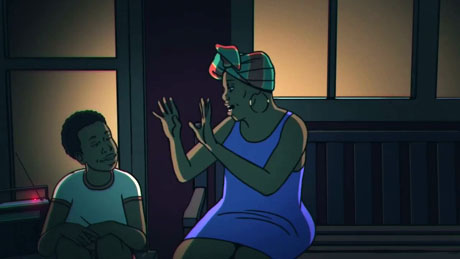
JM: The lighting choices are really cool and interesting. How were you able to pull this off?
JB: A lot of our lighting choices were informed by a combination of things. To begin, we endeavored to depict the atmosphere of the stage lighting in theatre, and how that is very specific with the usage of direct spotlights and mix of practicals. Secondly, we had to make sure that the palette of the film was true to the cool light of the moon, and how it brings out the blue and the green hues, and mutes the bright colors. There was room for wonderful accidents, too. Since Colman and Raúl were traveling a lot for work, they used a ring light through the process of shooting the footage for rotoscoping, which gave us a lot of contrast within it. This truly helped with conveying the atmosphere of a theatre and it also allowed for a happy accident. When shooting close-up footage of Colman’s face, half of the ring light was obstructed, which gave us a true reflection of a crescent- “New Moon”- in Colman’s eyes. That was a happenstance of a very magical moment!
JM: This story is all about the details. What details did you want to make sure you included / showcased?
RD: At its heart, “New Moon”, while being the most magical and surreal, takes place in Philadelphia in the 1970s, and Jeff and Jérémie being from France would not be able to know the spatiotemporal references of that. Colman and I had an immense amount of research and imagery compiled into dropbox folders for them to access. Hot pink Doctor Scholls, the sofa encased in plastic, the pocketbook with butterscotch and peppermint candy in it, aluminum tumblers, images of inner city Philadelphia in the 1970s, its row homes, The Locust Theater. There was every single reference that would help Jeff and Jérémie understand the place from where Colman comes, and help position our viewer right in the middle of our world.
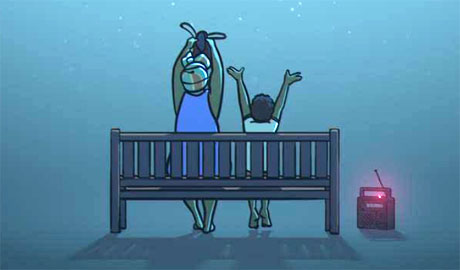
JM: How do you feel the Earth, Wind & Fire and Aretha Franklin songs enhance the overall experience of the short?
RD: The essence of Philadelphia and Soul Music are deeply intertwined. “You’re Shining Star” by Earth, Wind & Fire is a feel good uptempo anthem that almost everyone knows, and that high energy is what ushers us into Colman’s world. “Daydreaming” by Aretha Franklin is much more obscure to the public, but I think it is the most magical. It signals the entrance into the magical realm of “New Moon” with its surreal piano, xylophone and flute, and the wonder of Aretha Franklin’s voice. It is so peaceful and sweeping, and it instantly transports you.
JM: When you look up at the Moon, what emotions do you usually feel?
Colman Domingo: Just like in “New Moon”, I follow the ritual that my mother taught me. I look at the moon, and hold open my hands, wishing for new money, new experiences and new dreams. I think of my mother, and everything that she taught me, and how much I miss that little lady.
JM: What would an Oscar nomination for “New Moon” mean to you?
RD: It is so incredible and wonderful to be recognized for all the work we have put into “New Moon”. To all of us, Jeff, Jéremie, Colman and I, an Oscar nomination for “New Moon” would mean that if you work hard, and put all of yourself and your soul into it, anything is possible, if you do as Jay Jay’s mother says, “hold open your hands.”
